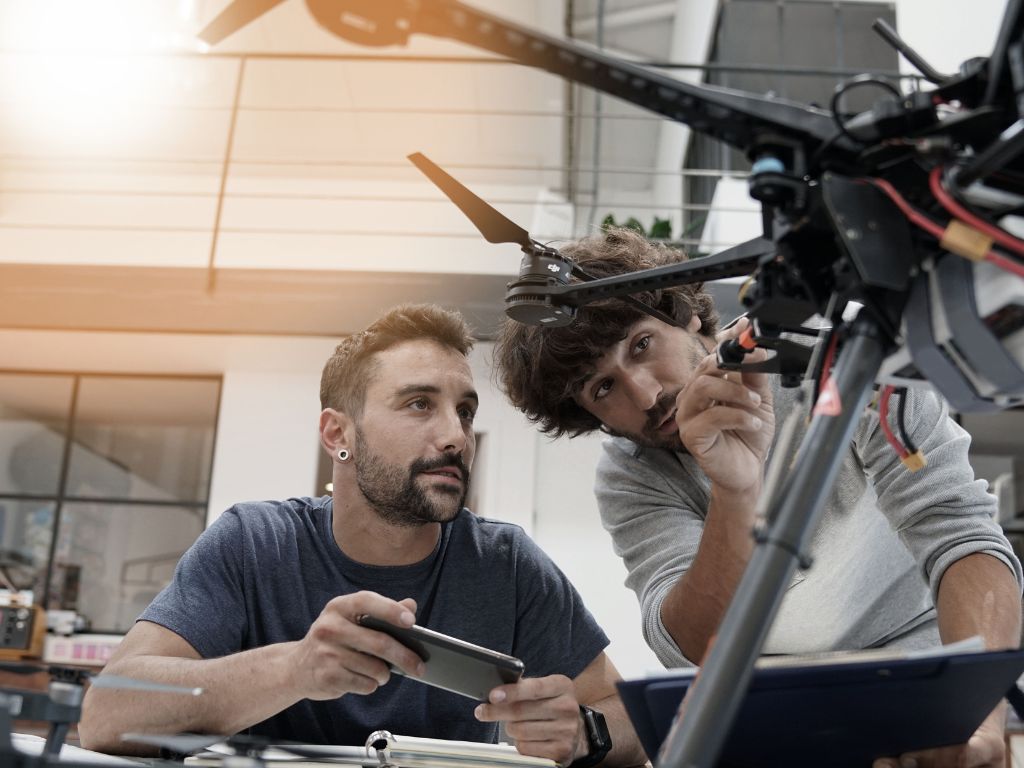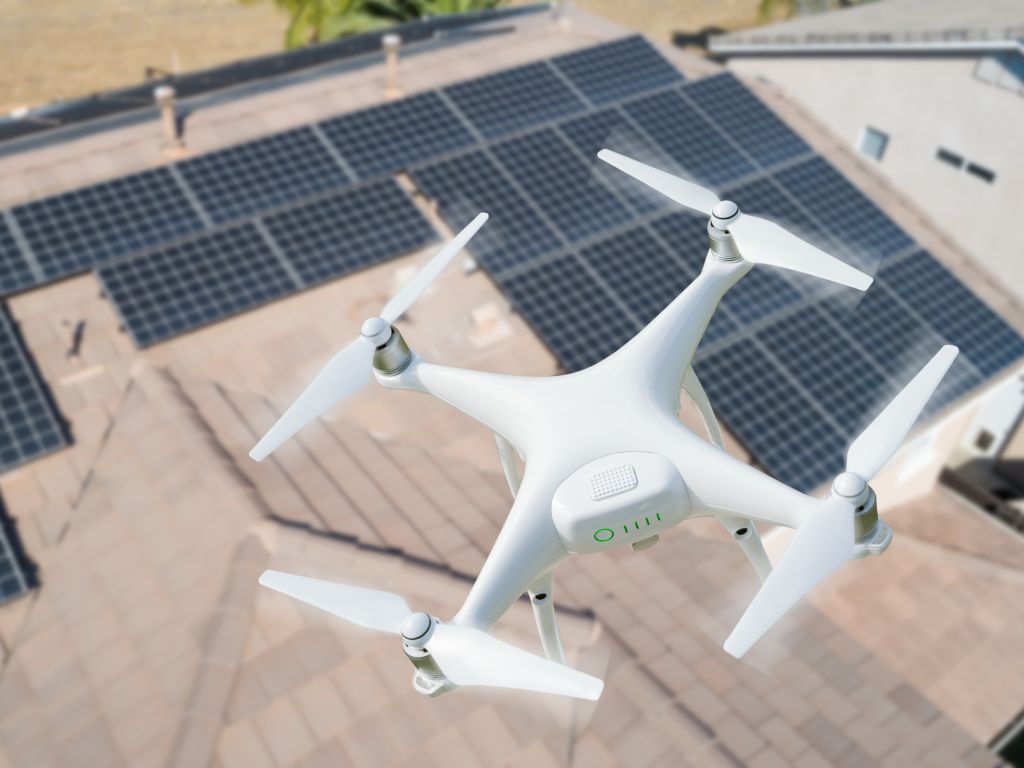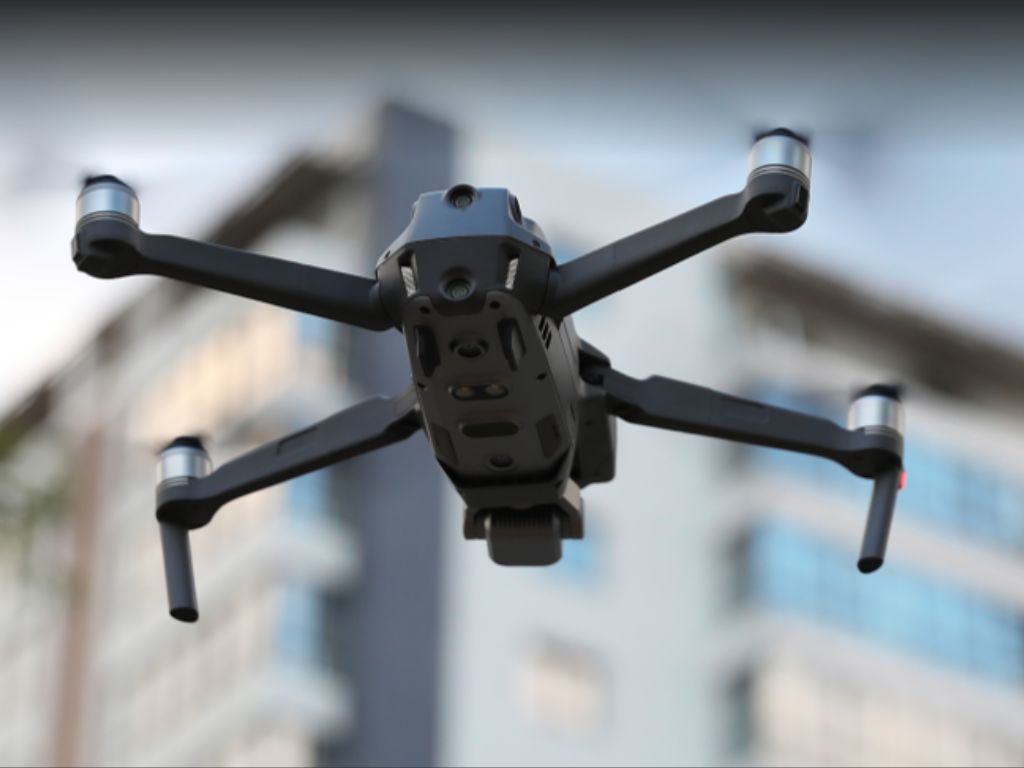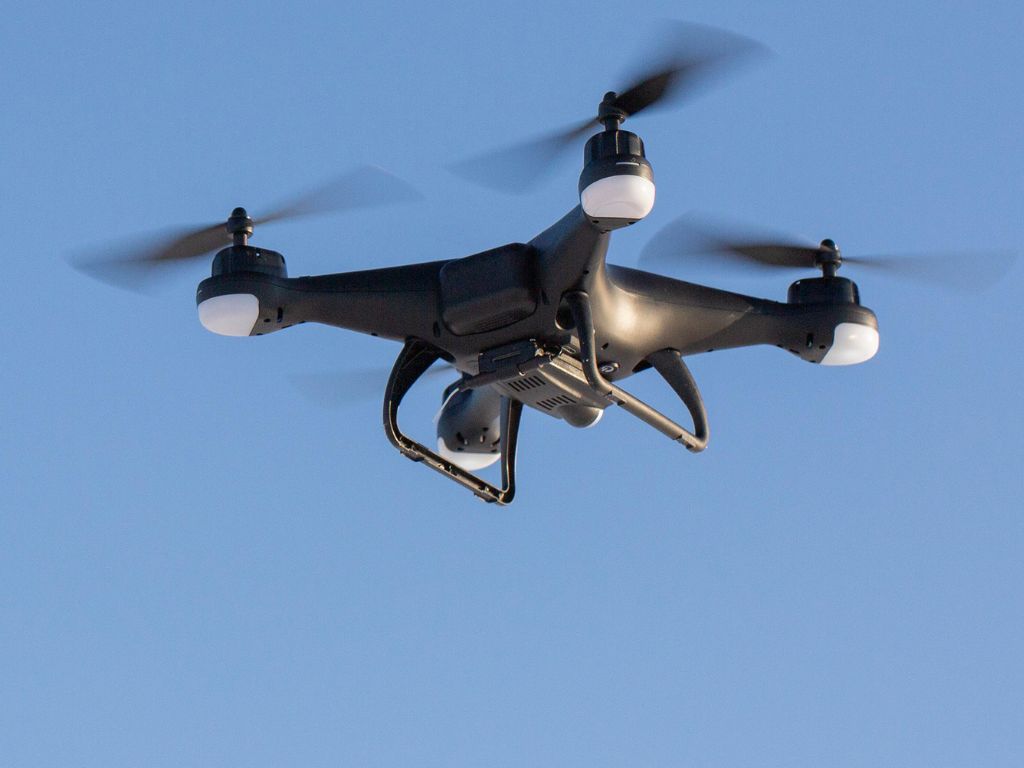The technology behind and application of Unmanned Aerial Vehicles (UAVs), or drones, has continued to evolve. There is an overwhelming demand from militaries all over the world that now consider drone capabilities a normal part of their war-fighting arsenal, with the US operating the world’s largest military big drone fleet, with over 13,000 UAVs, including the RQ-4 Global Hawk and MQ-1 Predator.

Drone use cases are not confined solely to military environments, represented in the spike in growth within non-military uses, such as urban planning, logistics, agricultural monitoring, crop control, forest fire watch, and aerial photography. Imperial College recently developed a ‘dual robot’ drone that can both fly through air and land on water to collect samples and monitor water quality.
Drones are also offering greater capabilities in policing, surveillance, the monitoring of national critical infrastructure and real-time situational awareness amongst large crowds – all functions that were largely unavailable to law enforcement, intelligence agencies and public safety bodies only a decade ago.

According to Will Ashford-Brown, Director of Strategic Insights at Heligan Group, advancements in sensor technology, robotics, accurate positioning systems and lighter, longer-lasting power systems have collectively contributed to a reduction in price and size of drones, whilst appetite for their use has grown significantly.
“These advances are not only expanding the range of drone use cases but also improving their utility in existing roles,” says Will. “Concurrently, we are experiencing a societal shift towards the acceptance of artificial intelligence, machine learning, and machine-driven decision support systems, as it becomes increasingly embedded in the technologies we rely on every day.

“As a result, drones have undergone a ‘mainstreaming’ effect in recent years, where they are no longer viewed by the general public as futuristic, far-fetched toys, but rather another piece of practical technology we are integrating to improve efficiency, cost and speed in our daily lives. In this case, it’s less of a dramatic leap and more of an evolution in our technological development, which has been key for driving adoption.”
Whilst the mass adoption of drone technology has presented a multitude of benefits, it also poses growing security risks. Drones have notably disrupted commercial flight operations at some of the UK’s busiest airports, and sightings over US airbases located in the UK have heightened concerns.

“Whether these disruptive activities are malicious or not, they’ve spiked an emergence of anti-drone technology market activity,” continues Will. “These approaches range from kinetic, such as fired missiles, to high-energy laser weapons to electronic warfare jamming solutions. In response, we can expect to see further advances in drone capability, such as AI-assisted piloting, to bypass jamming, to counter this growing sector.
“In terms of market opportunity, power consumption has become the primary limiting factor for drones as battery tech has proved slow to improve. As such, wireless charging and power transfer for drones represent a critical growth area in the coming years. Light detection and ranging (LiDAR), also holds investment potential, as it addresses the value in autonomous navigation and modelling of complex environments like cities. Although currently too expensive, bulky and heavy for small to medium-sized drones, breakthroughs in more compact, lightweight LiDARs would be transformational in facilitating growth from an investment perspective.

“As drone technology continues to evolve in a truly diverse marketplace, continuous adaptation and tech advancement will be essential to manage disruptive applications, address the need for autonomous navigation and mapping of complex environments and counter anti-drone technology. The potential for improvements in wireless charging, power transfer and LiDAR will undoubtedly trigger a surge in investment activity in the coming years, depending on how effectively opportunities and risks are navigated,” concludes Will.
Source: Heligan Group







